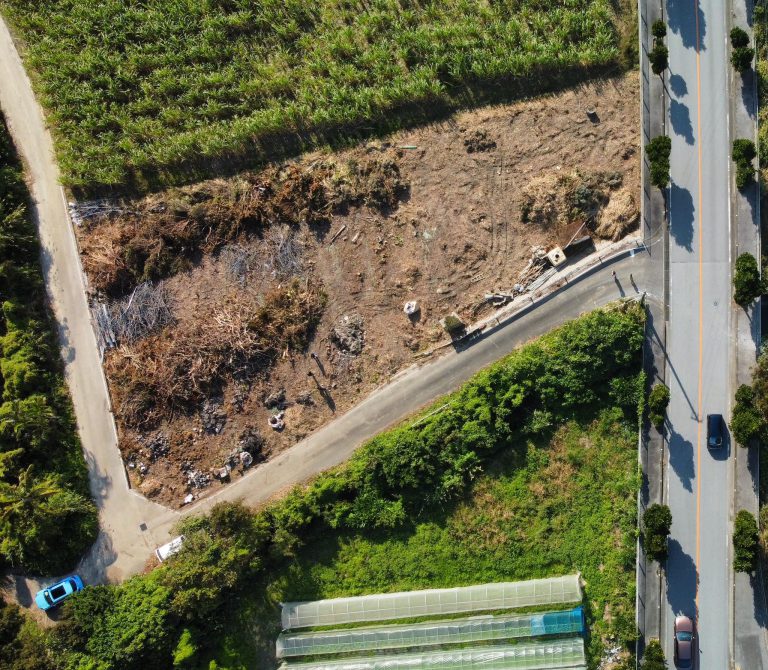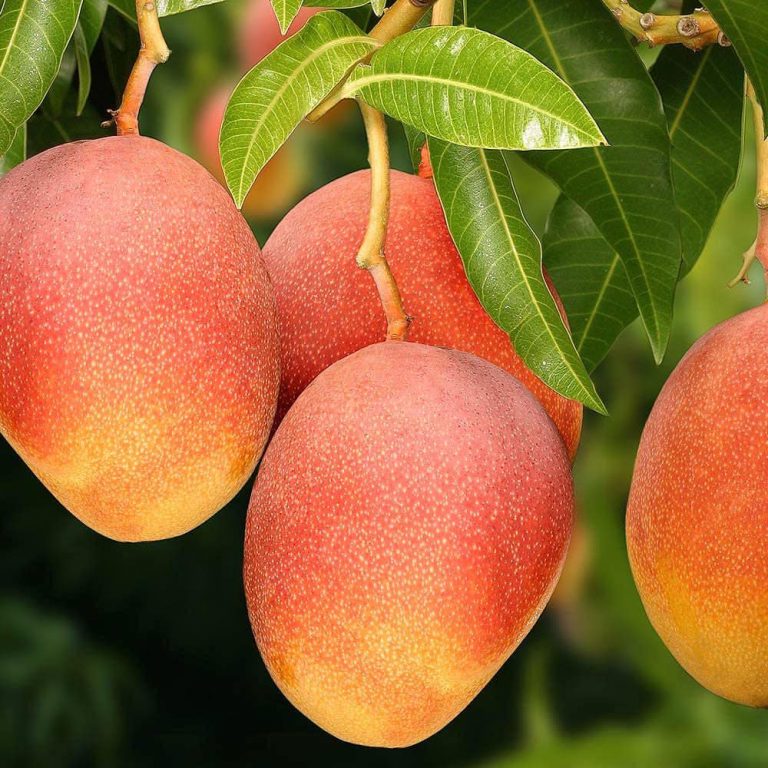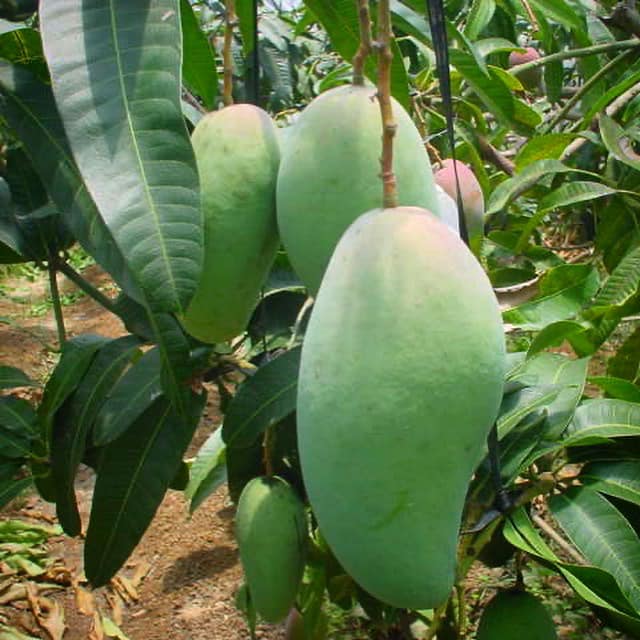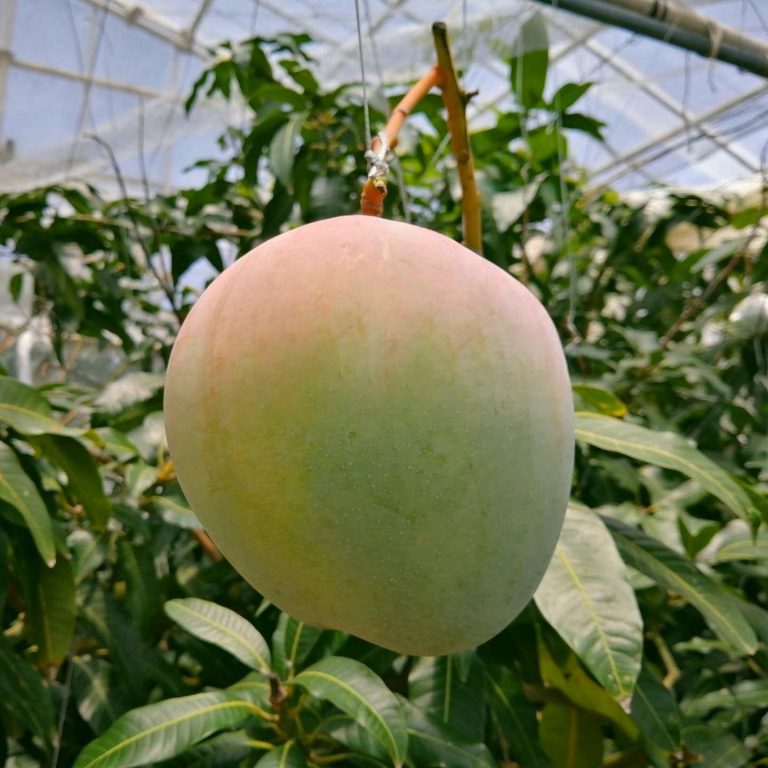Speedy Farm Okinawa : Newly opened the 6th and 7th farms!
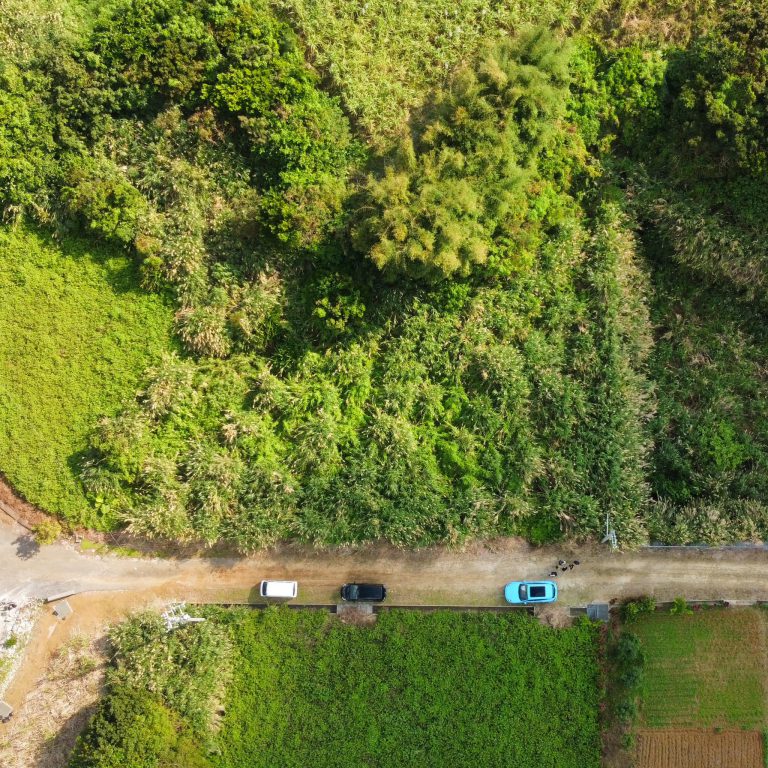
Speedy Farm
Speedy Farms will cultivate a new sixth and seventh farm.
On one side, a state-of-the-art greenhouse will be erected to grow the following four mangoes. All of them are high quality mangoes with distinctive characteristics.
Harvest is scheduled for this summer. Enjoy.
Irwin mango (Mangifera indica ‘Irwin’)
A commercial mango variety developed in South Florida. It is one of the “apple mango” varieties, a mango whose epidermis turns red when ripe. It is characterized by its early harvest and its fruit is slightly smaller than other mangoes. It has a sweet, rich flavor with few peculiarities. The fruit is harvested when the rind turns red. The rind is covered with a white powder (bloom), and as the fruit ripens, the bloom is removed and the rind becomes glossy.
Keats mango (Mangifera indica)
Apple mangoes are 400 to 500 grams, and Keats mangoes are about twice that size (1-2 kg).
Characteristically, even when fully ripe, it does not turn red but green. The flesh is less fibrous and has a deeper, richer flavor than apple mangoes. The mangoes are not as beautifully reddish as apple mangoes and are not as attractive as apple mangoes. The sugar content is about 16 to 19 degrees, higher than that of apple mangoes, making it a sweet mango. About 95% of the mangoes grown in Japan are the red Irwin variety. Keats mangoes are grown in a very small area and are rarely distributed outside of the local area.
They are big and delicious, so why aren’t they cultivated?
The harvest season is from late August to September, which is out of season for mid-year gift-giving, so demand for gift-giving cannot be expected.
The typhoon season coincides with the season of large fruit, so there is a high risk of fruit loss due to rainstorms.
Unlike fully ripe mangoes, they are allowed to ripen after harvest, making it difficult to explain when they are ready to eat in stores.
golden mango (Mangifera indica)
Originally from Taiwan, the “Kinmitsu” mango was first introduced to the market from Okinawa around 2013, and has since become widely known due to its rapid increase in shipments. Kinmitsu” mangoes are slightly smaller than the Irwin variety, weighing 400 to 500 grams, and have a similar shape, being plump and rounded rather than flattened.
The history of “Kinmitsu” dates back to the end of World War II, when Taiwanese soldiers drafted by the Japanese army to the Philippines planted mango seeds brought back from the Philippines at the end of the war, which germinated and grew into seedlings. The seedlings were used as the original tree, and the “Kinmitsu” produced today is the result of the division of the original tree into different stocks. Mr. Zhang Jinquan, a farmer from Puxin Township, Changhua County, is the son of the soldier who brought back the seeds.
Kinko Mango
The Golden Emperor mango is a tasty mango that is allowed to fully ripen on the tree and then further ripened after harvesting. Characteristics include bright yellow color, slightly more acidic than apple mangoes and Keats mangoes, sugar content of 16 to 20 degrees, thin seeds, abundant pulp, and little fiber.
The expected harvest period is from late August to early September. Most of the production is in Okinawa Prefecture, which accounts for only about 1% of the total mango production, and is therefore considered a “phantom mango.
